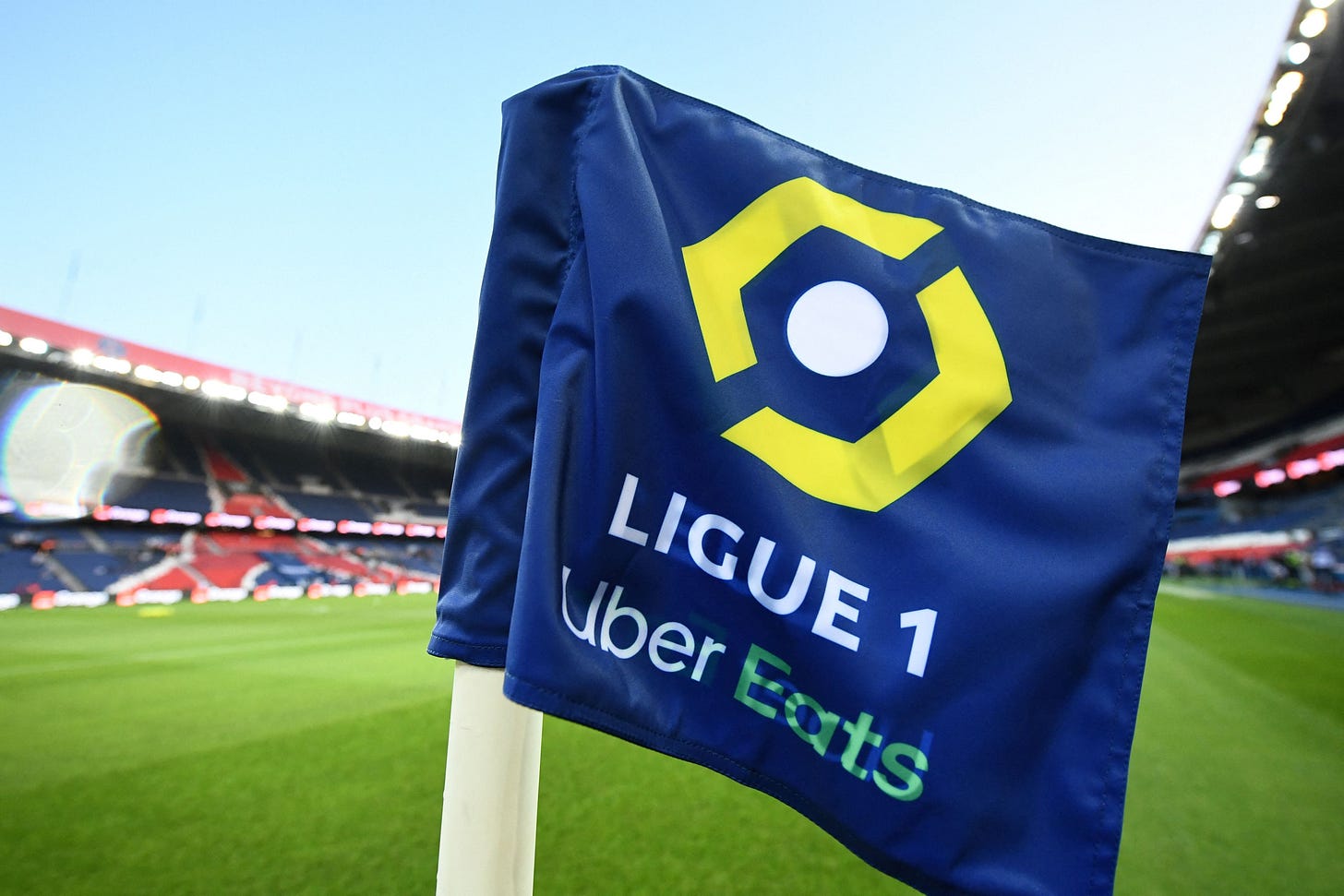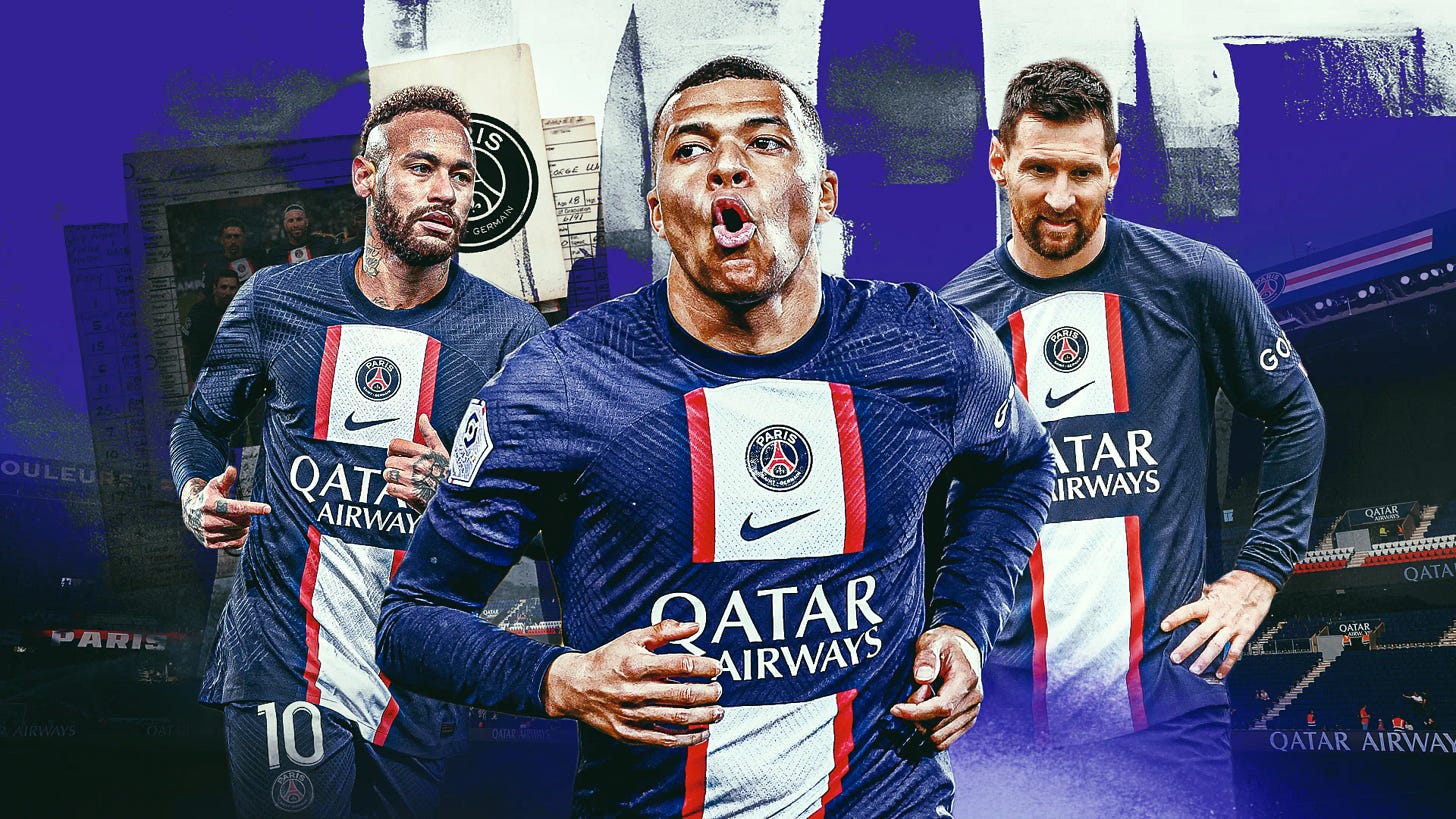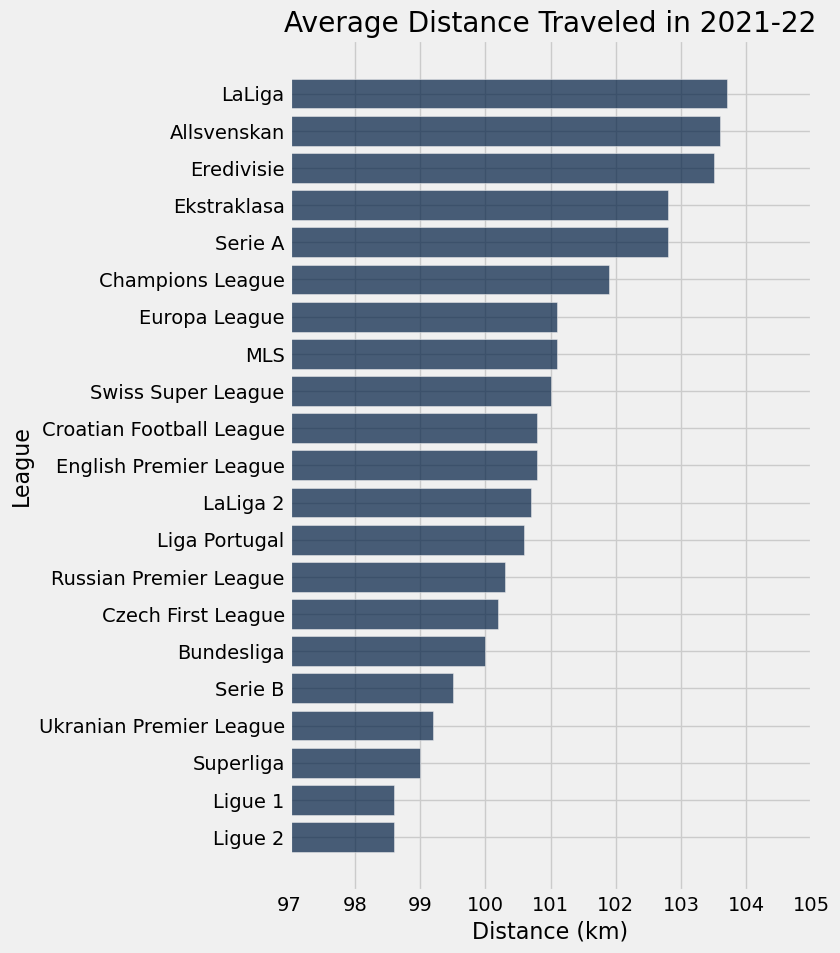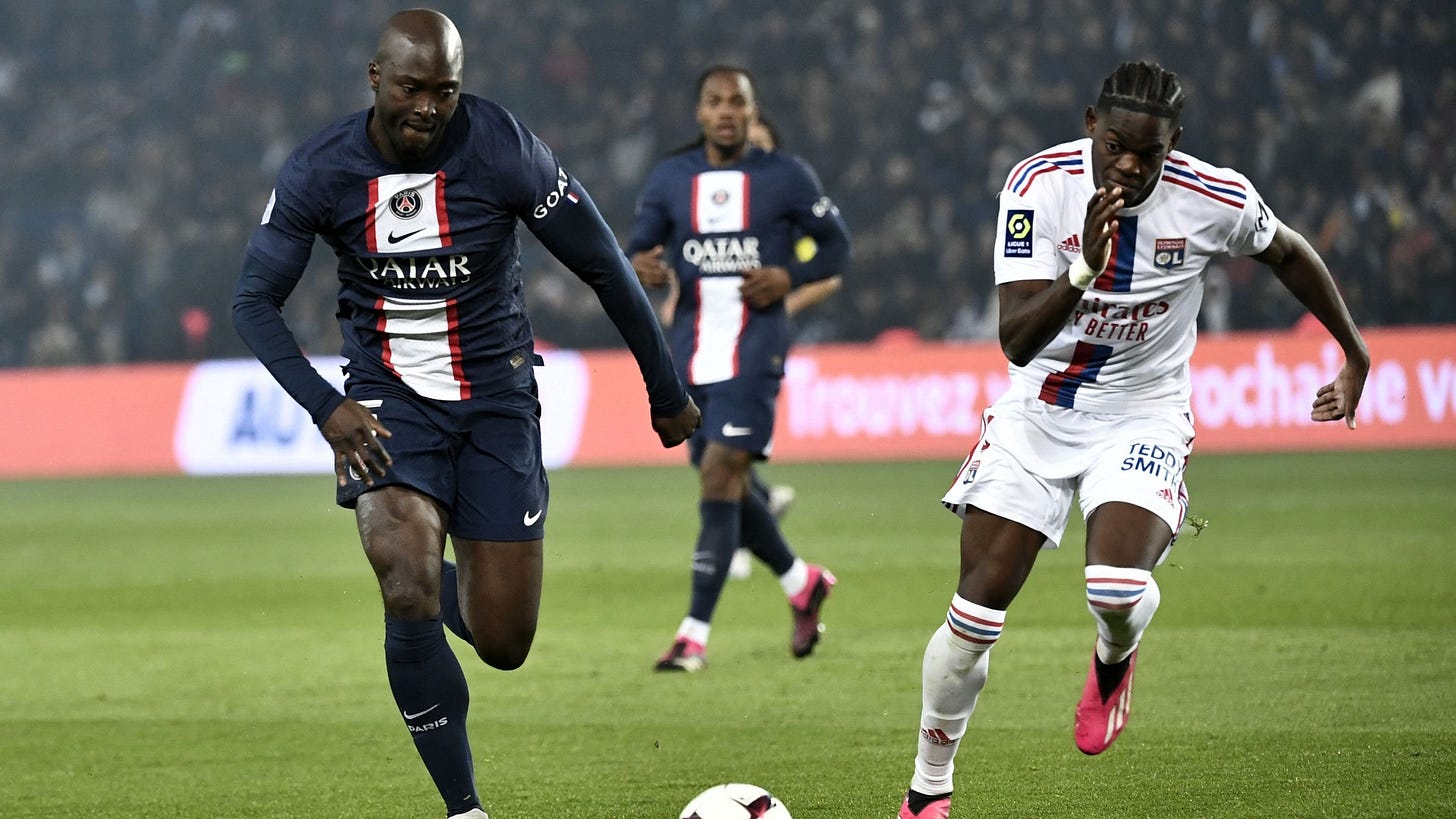Why Ligue 1 is not as competitive as the other Top 5 Leagues?
The term "farmers league" is often used to describe leagues such as Ligue 1 in a derogatory manner. It suggests that the league lacks competitiveness compared to other top European Leagues.
Paris Saint Germain (PSG) has undeniably been the most successful club in Ligue 1, winning the championship seven times since 2012. However, their dominance has raised concerns about the league's competitiveness and the impact of PSG's financial resources.
PSG's success has been fueled by their Qatari-funded project, which has allowed them to spend large sums of money on transfer fees and wages. This financial advantage has created an uneven playing field in the league, making it difficult for other teams to compete with PSG's financial might.
PSG's performance in the UEFA Champions League has also come under scrutiny. In the past seven years, they have been eliminated in the last 16 of the competition five times. This lack of consistency and resilience against tough opposition has raised doubts about their ability to perform at the highest level of European football.
The lack of competition and success in European competitions has had a negative impact on the perception of Ligue 1 both domestically and internationally. This has resulted in a lower interest and recognition for the league compared to other top European leagues. The league's reputation and financial power have been affected as a result.
PSG's dominance and reliance on financial resources have highlighted the need for greater competition and sustainability in Ligue 1. This includes creating a more level playing field and encouraging other clubs to invest and compete at a higher level.
While PSG's dominance in the Ligue 1 cannot be denied, their dominance and reliance on financial muscle have created an uneven playing field in the Ligue 1 which combined with their lack of success in the UEFA Champions League has raised doubts about the league's competitiveness and quality. These factors have put the Ligue 1's status and reputation in question and have highlighted the need for greater competition and sustainability.
Criticisms of Ligue 1's Intraleague Competitiveness
In addition to the lack of competitiveness in European competitions, Ligue 1 has faced criticism for its intraleague competitiveness in recent years. One particular aspect that has come under scrutiny is the distance covered by players during matches.
According to data from the 2021-22 Ligue 1 season, the league ranks 20th when compared to available data from other European leagues in both the average distance covered by each player and the average distance covered while in high intensity. This disappointing ranking raises concerns about the overall intensity and competitiveness of matches within the league.
These statistics suggest that players in Ligue 1 cover less ground and engage in fewer high-intensity actions compared to players in other European leagues. This lack of intensity and competitiveness within the league has been a subject of criticism and has contributed to the perception of Ligue 1 as a less competitive and exciting league.
It is important to note that these statistics provide only one perspective on intraleague competitiveness, and there may be other factors at play that contribute to the overall quality and competitiveness of matches in Ligue 1. However, the data highlights an area where the league can strive for improvement to enhance its reputation and attract more interest from fans and players alike.
Additional Struggles
Out of all the teams in Ligue 1, only four teams - Lyon, Monaco, PSG, and Rennes - have managed to position themselves in the top left quadrant of the scatter plot. This quadrant represents teams that take more touches in the attacking penalty area and fewer touches in the defensive penalty area, indicating their superiority and ability to maintain possession in the attacking areas of the pitch.
The scatter plot data highlights a concerning trend for the majority of Ligue 1 teams. Many teams struggle with maintaining possession and taking enough touches in both the attacking and defensive areas of the pitch. This suggests a lack of control and effectiveness in their gameplay.
It is important to note that possession and touch statistics are just one aspect of evaluating a team's performance. Other factors such as tactical approach, defensive organization, and individual player abilities also contribute to a team's success. However, the data presented in the scatter plot does indicate a general trend of teams in Ligue 1 facing challenges in maintaining possession and making effective use of their touches in the attacking and defensive areas.
Improving in these areas could lead to a more competitive and engaging league, as teams would be able to create more scoring opportunities and exert greater control over matches. It remains a crucial aspect for teams in Ligue 1 to address these challenges and strive for improvement in order to enhance their overall performance and competitiveness within the league.
The majority of teams in Ligue 1 struggle with maintaining possession, taking enough touches, and creating attacking and defensive opportunities. This sets them apart from teams in other top European leagues like the Premier League and La Liga, where there is a stronger emphasis on possession and ball control.
These challenges in Ligue 1 have implications for the teams' performance in European competitions. When facing top teams from other European leagues, Ligue 1 teams may find it difficult to match the pace and intensity of the game due to lower fitness levels and work rates. Furthermore, their weaker emphasis on possession and ball control can make it harder to compete against teams that excel in these areas.
Poor pressing
Ligue 1 in France has been characterized by a recurring trend of low match pressure and intensity. This is further emphasized by the league's low average number of pressures per game compared to other top European leagues such as the Premier League, La Liga, Serie A, and the Bundesliga. The data suggests a lack of defensive and offensive effort, as well as a lower level of physicality and intensity within Ligue 1.
The low number of pressures applied during matches indicates that teams in Ligue 1 may not be pressing as aggressively and efficiently as teams in other top leagues. This can result in difficulties in winning the ball back and creating scoring opportunities. In contrast, teams in other leagues tend to be more aggressive in their pressing and place a greater emphasis on quickly and efficiently regaining possession.
The lack of match pressure and intensity in Ligue 1 can have a significant impact on the league's teams, particularly when competing against top teams from other European leagues. Ligue 1 teams may struggle to match the pace and intensity of these matches due to lower fitness levels and work rates. Additionally, the weaker emphasis on possession and ball control in Ligue 1 can make it more challenging to compete against teams that excel in these areas.
Addressing these challenges and increasing the level of match pressure and intensity within Ligue 1 can contribute to a more competitive and engaging league. It would allow teams to create more scoring opportunities and exert greater control over matches. Improving in these areas is crucial for Ligue 1 teams to enhance their overall performance and competitiveness within the league.
Conclusion
While there is evidence to support the notion of Ligue 1 being labeled a "farmers league," such as poor performances by French clubs in UEFA competitions and lower running and possession statistics compared to other leagues, the interpretation of this title ultimately depends on individual perspectives. However, it is evident that Ligue 1 faces significant challenges in improving its standing among other top European leagues and attracting more fans and viewers. These factors highlight the need for greater competition and investment in the league to enhance its reputation and competitiveness on the European stage.
To address these challenges, Ligue 1 may need to focus on improving the quality of its clubs and investing in developing its talent pipeline. This could involve increasing the number of clubs that can compete at the highest level, providing better resources for clubs, and offering incentives for clubs to develop and retain top talent. Without such improvements or similar implementations, the gap between Ligue 1 and Europe's elite leagues is likely to continue widening.
It's important to note that financial disparities between leagues, such as the Premier League's financial dominance, can also contribute to the perception of Ligue 1 as a less competitive league. However, there have been instances of surprise performances and shake-ups in other leagues, indicating that change is possible with the right strategies and investments.
Overall, while Ligue 1 faces challenges in terms of competitiveness and perception, there are opportunities for improvement. By addressing these challenges and making strategic investments, Ligue 1 can work towards enhancing its reputation, competitiveness, and overall standing among other top European leagues.












